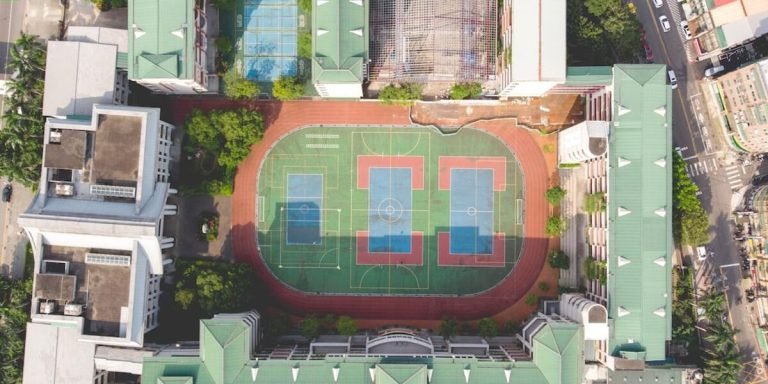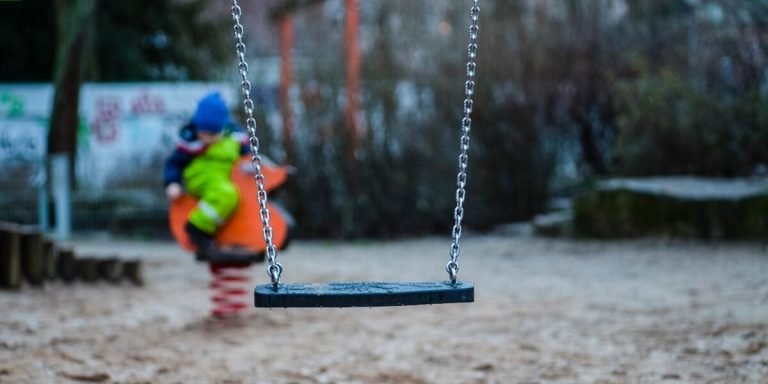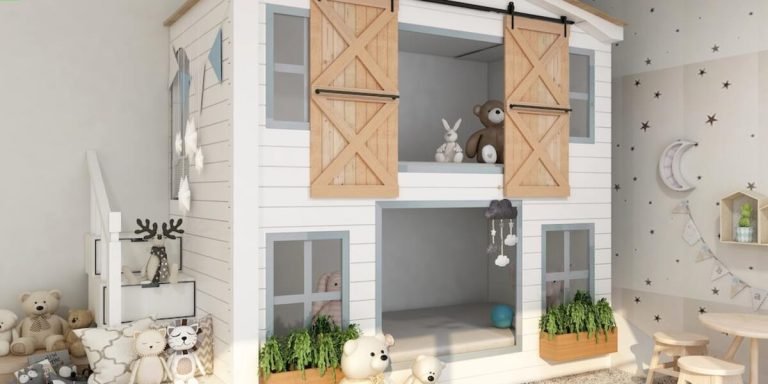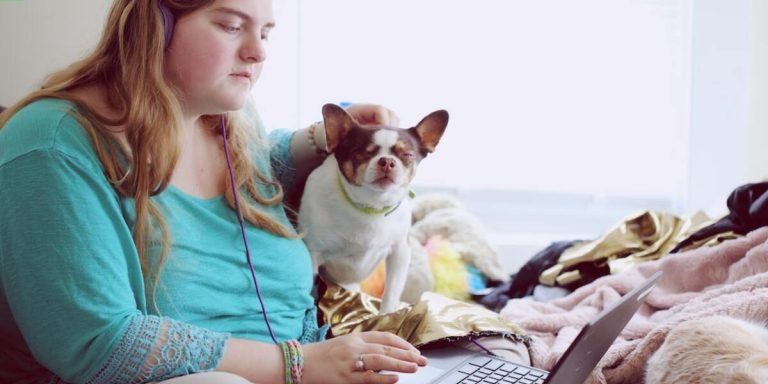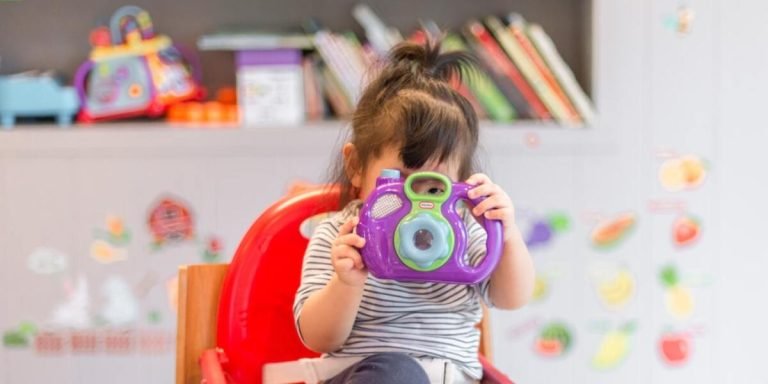Fun Things to Do at Home with Kindergarteners for Memorable Learning Experiences
Are you searching for fun things to do at home with kindergarteners that are not only entertaining but also educational? In today’s fast-paced world, providing valuable learning experiences through play is more important than ever. It’s all about turning ordinary home environments into exciting experiential learning spaces where kids can explore, discover and learn.
Creating memorable hands-on experiences doesn’t have to be complicated or require elaborate planning. By focusing on activity-based learning methods using simple items around the house, parents can nurture their child’s curiosity and foster a love for knowledge right from these tender years. The goal here is making every day filled with captivating discoveries for your little learner while they’re having heaps of fun!
Did you know?
Did you know that kindergarteners can learn basic math concepts faster through baking? This fun at-home activity allows them to measure ingredients, recognize numbers and understand portions while creating memorable experiences!
The Benefits of Experiential Learning for Young Children
Experiential learning is a powerful approach that enables kindergarteners to grow and develop in an engaging, enjoyable manner. When children participate in fun activities at home, they are not simply passing time; indeed, they are diving into valuable learning experiences that enhance their understanding of the world around them.
One significant benefit of experiential or activity-based learning is its ability to foster critical thinking skills among young learners. Children engaged in hands-on projects often encounter challenges requiring problem-solving abilities. For example, building a castle from blocks necessitates spatial awareness along with strategizing placement for stability – all while having tons of enjoyment!
Immersing these youngsters into play-oriented environments can also boost creativity and imagination—critical traits as we move forward in 2023 when the importance of innovative thinking has become more evident than ever before. As kids experiment within safe surroundings with physical objects like art supplies or scientific equipment such as magnifying glasses during nature exploration tasks boosts creative instincts while teaching crucial lessons about science and art respectively.
With this form of education being highly interactive by nature serves dual purposes- it simultaneously cultivates social-emotional proficiency amongst kindergarten students whilst reinforcing academic concepts too! Whether it’s taking turns playing board games or navigating through guided reading exercises collectively indirectly teaches essential life skills including collaboration empathy respect – accordingly preparing today’s generation future interpersonal dynamics better society tomorrow.
How Activity-Based Learning Enhances Cognitive Development
If you’ve mastered the skill of keeping your kindergartener preoccupied at home, it’s likely that activity-based learning has been part of your approach. The term “activity-based learning” might seem complex but in simple terms, it means ‘learning by doing’. This method can range from using building blocks to create structures or even baking a cake together.
Primary among its benefits is how favorably it impacts cognitive development. Cognitive abilities relate to thinking skills – including problem-solving, memory, attention and language comprehension. Notching up fun things to do at home with kindergarteners also aids these critical brain functions?
Let’s examine how this works.
Memory Enhancement: Songs have catchy tunes for a reason – we remember them more easily! Use tune-tagging as an enjoyable exercise where kids associate melodies with information which helps reinforce memorization skills.
Boosting Attention Span: Ever noticed how youngsters stay engrossed when painting or counting pebbles? These actions enhance concentration levels leading towards improved reading capabilities down the line!
Language Development: Reading out scenarios while engaging in role-play stimulates both listening capability plus vocabulary extension enabling better communication competencies later on during school years.
Building Social Skills Through Home-Based Activities
Experiential learning is a hands-on approach to education that encourages children to learn by doing. By participating in various activities, kindergarteners can develop essential social skills creatively and effectively right at home. Here’s how.
Remember those childhood games like hide-and-seek or puzzles? They aren’t just fun things to do at home with kindergarteners; they are critical tools facilitating communication and problem-solving abilities among young learners. These engaging, real-life situations foster critical thinking and patience as little ones work towards shared goals—a stark contrast from more traditional “chalk-and-talk” teaching methods.
Crafting projects, too, prove incredibly beneficial in honing fine motor skills besides encouraging creativity amongst youngsters—an attribute closely tied with emotional intelligence—a valuable quality for interpersonal relationships later on.
Finally yet importantly—role-playing exercises—an exciting way to make sense of complex concepts such as empathy or understanding perspectives different than our own—something adults struggle with often!
In 2023 when e-learning holds sway over conventional pedagogies—the benefits of experiential learning juxtaposed against purely digital models become glaringly apparent—in essence—it aids children adapt better socially by providing tangible experiences instead of virtual interpretations thereof.
Designing Engaging At-Home Experiments for Kindergarteners
Kindergarteners are naturally curious and full of energy; they thrive on hands-on experiences that allow them to gain new knowledge. When it comes to activity-based learning, designing engaging at-home experiments can be a rewarding endeavour for both parents and children. In the present era of 2023, where digital distractions abound, focusing your child’s energy into constructive experiential-learning tasks offers numerous benefits.
At first glance, one might think creating meaningful science or art projects could prove demanding or require specialized materials – but that couldn’t be further from the truth! Many fun things you can do with kindergarteners involve items commonly found around your home: empty cardboard boxes become fortresses; kitchen utensils morph into musical instruments while everyday objects like water bottles serve as essential tools in simple physics experiment exploring concepts such as displacement.
As we explore how to design effective at-home experiments for kindergartners, remember that the key is not complexity – rather embracing simplicity and nurturing curiosity by incorporating familiar elements from their environment has been proven extremely effective in consolidating abstract ideas. No matter if you’re dealing with basic math problems using apples or turning chore time into an exciting scavenger hunt involving household objects – each task presents opportunities for expanding young minds.
Creating a Mini Science Lab: Simple and Educational
For the curious and active kindergartner, transforming your living room into a mini science lab can be one of the fun things to do at home. Encouraging experiential learning through such activities not only feeds their curiosity but also fosters critical thinking skills.
Firstly, identify a suitable space where your child can freely engage in experiments without causing any major disruptions. An area with easy-to-clean surfaces like kitchen or dining tables works best while adding an authentic ‘lab’ feel!
Next, gather materials for various simple science experiments that are safe yet exciting for kids this age group. Household items such as baking soda and vinegar could spark off explosive reactions which they will love! The great news is – there’s no shortage of experiment ideas online tailored specifically for kindergartners in 2023.
While gearing up these engaging tasks, remember to walk them through each step explaining what’s happening during each stage of the process. This approach not just ensures safety but instills practical knowledge beyond books creating unforgettable learning experiences right at home.
Finally, make sure you document all findings meticulously post-experimentation much like actual scientists do helping reinforce learnings from observation to inference and conclusions drawn from it.
So grab those little goggles now because bringing scientific concepts alive has never been so much fun before!
Kitchen Counter Chemistry: Safe and Fun Things to Do
In a world where kindergarteners are constantly bombarded with digital distractions, carving out time for hands-on and interactive learning is paramount. The kitchen counter isn’t just a food prep area anymore; it’s an exciting laboratory waiting to be discovered by young inquisitive minds.
One of the fun things to do at home with kindergarteners involves transforming your everyday kitchen into a haven for scientific exploration. Safe, engaging experiments using common household items can spark their curiosity while embedding essential early STEM (Science Technology Engineering Mathematics) concepts firmly within their growing brains.
First on our list is the erupting volcano experiment which never fails to amaze little eyes! Using baking soda, vinegar, dish soap and some red food coloring you can demonstrate chemical reactions right before their eyes whilst explaining about ‘actions’ and ‘reactions’.
Next up is homemade play dough – not only does this encourage creative thinking but also assists fine motor skills as they shape letters or numbers from scratch! Incorporate math through measurements when making the safe non-toxic version using cream of tartar, flour, salt , warm water alongside oil mixed with your chosen colorants.
The magic milk experiment takes center stage next that demonstrates how fat molecules move in reaction to detergent.
By adding drops of different colored food dyes onto milk followed by small amounts of liquid soap teases out patterns akin magical art work mesmerizing children!
Integrating Technology with Hands-On Learning
Incorporating technology into experiential learning can significantly enhance the educational journey for kindergarteners especially in 2023 when e-learning has become a cornerstone of modern education. Smart devices and digital applications offer a platform not only for informative content but also interactive, hands-on experiences that keep children engaged while they learn. However, to build an enriched environment at home where fun meets learning requires prudent use of these technological resources.
High-quality educational apps abound today, offering virtual activities that mimic real-life scenarios. These activities promote activity-based learning in various areas such as math, science, or language arts. Simulations often replicate physical tasks, helping your little ones connect abstract concepts with tangible counterparts from their living room.
For example:
- Puzzles involving building structures could introduce the basics of engineering.
- Cooking games might spark an interest in chemistry—all while keeping them entertained!
Yet integrating technology doesn’t mean replacing traditional forms of play entirely – it’s about complementing them intelligently. Young learners thrive on sensory stimulation so include tech-free practical exercises too alongside digital tools as part of lessons guided by parents or educators at home!. This balanced approach ensures kids are gaining diverse skills sets critical both academically and socially including problem-solving abilities or teamwork spirit besides vital technical literacy necessary in our increasingly connected world.
Interactive Apps that Complement Physical Activities
As part of the larger discussion on “Integrating Technology with Hands-On Learning,” it’s crucial to touch upon interactive apps that can complement physical activities and create an engaging, immersive learning experience. In 2023, a multitude of innovative educational tools have emerged for kindergarteners who are spending more time at home due to current circumstances or simply as part of their homeschool curriculum.
First off, there are several virtual puzzle games now available designed specifically for young learners. These applications often incorporate vibrant colors along with fun characters and narratives – making them effective in grabbing children’s attention while promoting problem-solving skills. Not only do kids enjoy playing these games but they also boost critical thinking capabilities indirectly through this playful interaction.
Equally noteworthy is the world of augmented reality (AR). A prime example would be AR-based storybooks which turn storytelling into a tangible experience by bringing stories to life right within your living room panels! Here’s where things get interesting – some book apps even require little ones to perform accompanying actions alongside reading such as jumping like a frog or roaring like a lion — ensuring their active participation both mentally and physically!
In addition, coding apps deserve special mention here too- after all we’re laying foundations for future tech geniuses! By introducing coding concepts via gaming interfaces; kids not just learn foundational programming logic but also work on enhancing motor coordination when manipulating objects virtually.
Utilizing Digital Storytelling to Reinforce Lessons from Play
Integrating technology into your child’s learning process doesn’t have to be a complex task. In fact, it can transform mundane lessons into new and exciting experiences for kindergarteners, especially when done through a hands-on approach.
One of the most effective ways is by utilizing digital storytelling as an enhancement tool in experiential learning or activity-based learning methods. How does this work? It involves using fun things to do at home with kindergarteners that will engage them deeply and inspire creativity while solidifying their grasp on essential concepts.
The first step is preparing groundwork activities around themes like plants growth cycle, animals habitat or shapes recognition etc., which form the scenario for our digital storytelling experience. Once children get hands-on knowledge via these play activities we switch gears slightly towards its integration with tech tools.
Make a seamless transition from offline playing to online by exploring these platforms:
1) ‘Storyjumper’ allows kids to create turn-page stories complete with illustrations.
2) ‘Adobe Spark’ empowers young minds by letting them craft animated videos narrating their own story.
Even simpler apps like drawing pads or puzzles games used intelligently alongside detailed explanations might just surprise you favorably!
Characters coming alive on screen not only helps with memory retention but also excites youngsters who eagerly await what happens next. The best parts about such applications include:
Conclusion
With this list of “fun things to do at home with kindergarteners,” your living room, kitchen or even backyard can transform into a wonder-filled classroom. The beauty is in seeing these young minds expand their horizons while having fun. Remember, the goal isn’t just academic excellence – it’s about making learning an experience they look forward to every day.
Don’t stop here; our website is brimming with more resources tailored for parents and educators navigating childhood education. From detailed articles on various teaching methodologies to out-of-the-box creative ideas and support forums connecting you with other parents and teachers – we offer comprehensive assistance that goes beyond traditional framework whilst emphasizing joyous enlightenment for children!


